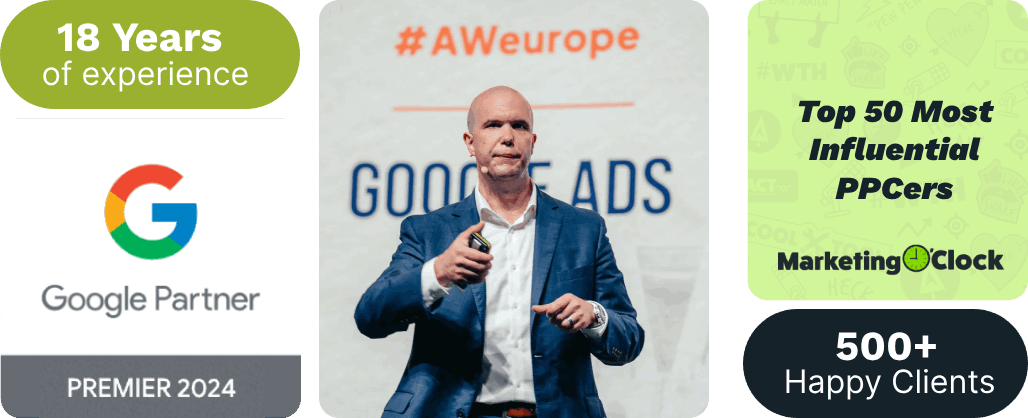Want to increase your return on ad spend (ROAS) by 3700%? Use Google Smart Shopping.
In the first 8 minutes of this video, Kasim, our founder and fearless leader here at Solutions 8, breaks down over 10 case studies to show you how we increased clients’ ROAS from 300% to over 3700%.
It’s a result of strategic and well-optimized advertising campaigns that we implemented using Smart Shopping.
And I’m about to tell you how to increase your ROAS using the single greatest advertising mechanism in the history of advertising: Google’s Smart Shopping.
First time hearing about it? Don’t fret. You’re about to learn:
- What Smart Shopping is and how to use it effectively
- The best practices that will increase your ROAS and generate more revenue for your business
- How to create and launch your Smart Shopping campaign (step-by-step downloadable guide)

(And if you’re a Shopify owner, download our complete step-by-step guide on How To Create A Smart Shopping Campaign for Shopify).
Ready? Let’s dive in!
Dynamic Prospecting vs Remarketing
Get Started by Learning the Rules…and then Breaking Some
How to Use Google the Right Way
What is Conversion Tracking and Why You Need It
The Importance of Your Product Feed and How to Optimize It
4 Things You Should NEVER Do When Running a Campaign
4 Things You Should Always Do When Running a Campaign
Things That You Cannot Do With Smart Shopping
What is Smart Shopping?

Smart Shopping is the latest campaign type Google created specifically for eCommerce. It’s a step up from Standard Shopping because it uses algorithmic targeting to show ads to very specific users who have shown high intent and interest in a specific product based on their past search activity.
With its powerful algorithm targeting, you no longer have to do the hard work of strategizing ways to convert users from the top of the funnel to the bottom.
Smart Shopping does the heavy lifting by going through their massive user database and matching your ad with the best user who’s ready to buy from you right now.
How? By using Dynamic Prospecting.
Dynamic Prospecting vs Remarketing
According to Google, Dynamic Prospecting combines information about your users and your products, and showcases that to people who would be most interested at the right time.
As the term ‘prospecting’ suggests, it is more effective to use it when acquiring new users.
On the other hand, Dynamic Remarketing shows ads to those who previously visited your website or engaged in your ads.
Let me illustrate Dynamic Prospecting:
Say you’re a company that sells hats, and some of your previous customers are Tom, John, and Harry.
Based on their demographic and psychographic profiles, Google will find everyone in their system that matches those profiles and will push your ads to them–in the display network, on YouTube, and the entire Google ecosystem.
By doing this, Google finds more people who have the highest probability to buy from you now, based on what Google knows about them.
And we all know how accurate Google is at getting data and predicting users actions even before they do it themselves. Google knows what users are going to buy before they even articulate intent.
They know what you’re going to buy before you do.
Imagine how easy it is to sell your product to someone who already wants to buy!
The only thing you need to do is show your best offer at the right time.
And that’s what Google Smart Shopping does.
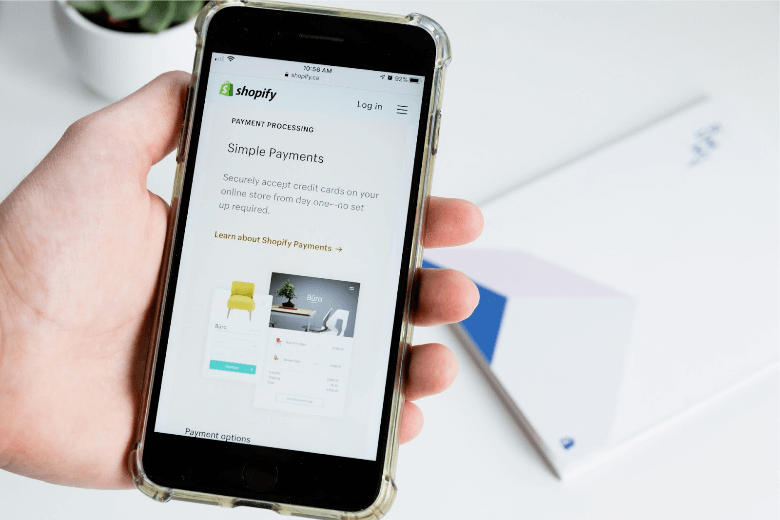
Get Started by Learning the Rules…and Then Breaking Some
Whether it’s learning a new sport, a new musical instrument, or a new campaign like Google Smart Shopping, we always start by getting familiar with the rules. Understanding the rules helps us avoid mistakes and guides us in achieving our goals.
But because we know our way around Google Smart Shopping (with our eyes closed), we’ll take it a step further and give you not only the rules that you should follow…but also the rules that you should break.
Rules that you can follow:
- Do not use Smart Shopping and Standard Shopping campaigns together. Just pause your standard shopping campaign because Smart Shopping outperforms standard shopping in almost every angle. We talked about the difference between them here.
- Use Site Tags and remarketing list with at least 100 users. Even if we have launched successful campaigns with fewer users, we still think it’s best practice to remarket to at least 100 users.
- Give your Smart Shopping campaign at least 45 days to see proper results. Think of it as the time Google spends to gather and analyze data first.
- Keep your product feed up to date. If you want Google to give you the best results, then you have to give it complete and updated information–an optimized and accurate product feed. (More tips later in this post).
Rules that you can (and should) break:
- At least 20 conversions over the last 45 days in Standard Shopping. It is ideal to have conversions but it doesn’t have to be only in Standard Shopping. It could also be in other sectors and campaigns as well.
- Do not run remarketing campaigns alongside Smart Shopping. You should not run Smart and Standard Shopping together but you need to run remarketing campaigns together with Smart Shopping. Remember, dynamic prospecting finds the right people while remarketing targets those people who didn’t buy from you and pushes them back to your funnel. Combining them takes the results to the next level.
- Use one Smart Shopping campaign for all your products. Google recommends you to do this but we highly advise against it.
Here’s what you should do instead:
Run separate marketing campaigns and group them by high, medium, and low margins. For higher margin products, make sure you have a lower ROAS requirement so you can have it listed as an option and assign budgets according to how you want to distribute your spending across products that have various margins. If you have enough SKUs, do it. If not, just put everything together.
Now that you know the rules and how to break them for maximum results, let’s talk about the best practices to implement Smart Shopping for your business.
How to Use Google the Right Way
Most marketers see Google as the dumb dog. (I love dogs, but let me just use this analogy for a second here).
They tell Google to fetch, and Google comes back with results. Good dog!
However, Google doesn’t see itself that way.
In fact, Google thinks it’s the best dog in the world, and the smartest too.
Here’s what we think: Google is neither dumb nor smart. It’s useful. Like a sled dog.
And it can be powerful, if used the right way.
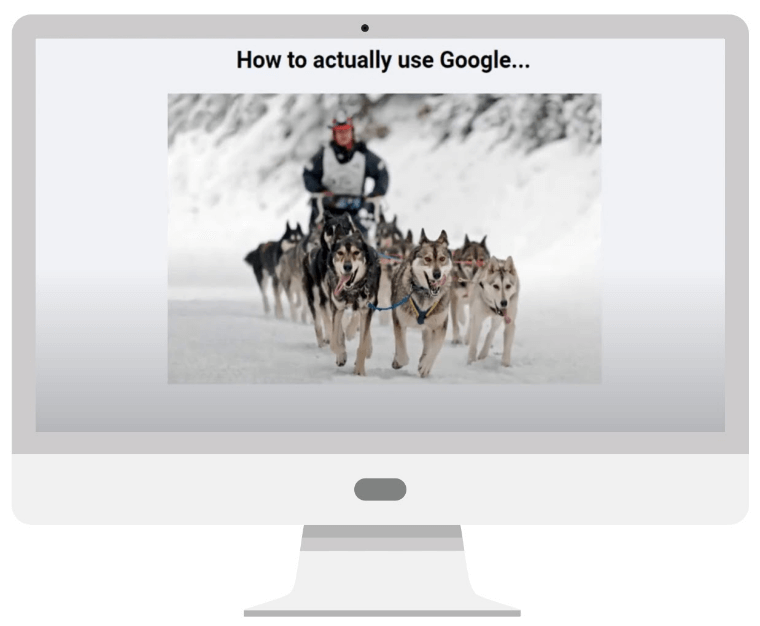
Unfortunately, most marketers use them the wrong way–by carrying the sled dog.
Instead of using it for what it’s good for, they take full control of Google.
And that’s exactly the opposite of what smart and successful marketers use it for.
Successful marketers let the dogs run while they maneuver and direct the dogs to the destination. And because of this, they’re using Google’s powerful learning machine to drive their business forward–with their goals set as a destination.
Real-life application? Conversion Tracking.
What Conversion Tracking Is and Why You Need It

Conversion tracking allows you to track user actions and behavior on your site. It’s like making the dog sniff the scent you want him to follow and then getting him to bark once he finds that scent.
It helps Google understand what your goals are and tells you if you achieved your goals and how.
Keep in mind that you have to have conversion tracking with conversion value enabled. Just like in basketball (or any other similar sport), conversion values tell you whether the shot you took is counted or not.
It acts as a scoring device that helps you find out whether or not you’re hitting your target goals.
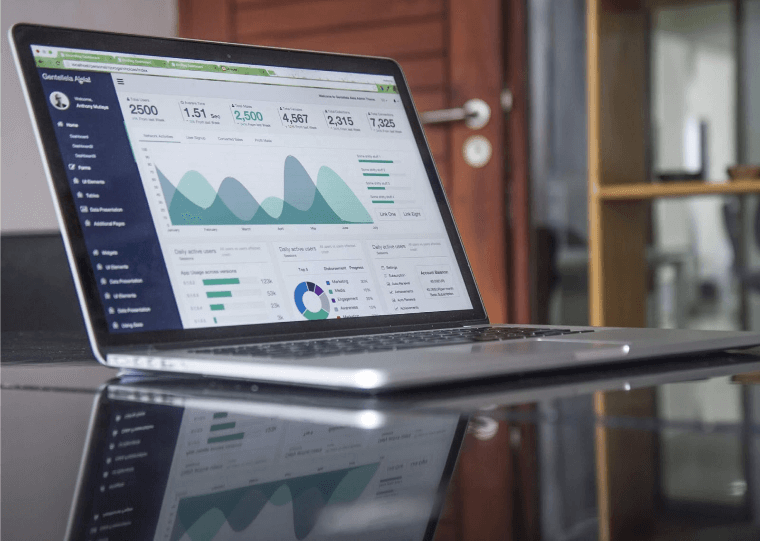
Not Tracking Conversions and Tracking False Conversions
If you aren’t tracking all your conversions, you’re not giving Google a complete picture of what’s happening. And you won’t get the most accurate data you need to improve your results.
The only thing worse than not tracking conversions?
Tracking false conversions. Here’s what I mean:
For platforms like Shopify, conversion tracking is automatic.
There’s just one problem–it automatically adds conversion actions for you and tracks all conversion actions as conversion values.
Let’s say you have a $10 product. Here are possible actions your customers might take:
Click “Add to Cart” = One conversion value of $10
Click “Checkout” = One conversion value of $10
Click “Confirm Payment” (actually purchasing the item) = One conversion value of $10
If you set up your tracking this way, it counts all the actions taken and adds up the conversion value, giving you a $30 conversion.
But the reality is, it was only a $10 conversion.
This gives you a false conversion value and it hurts your data.
How to solve this problem? Only track ‘real’ conversions.

Don’t rely solely on Google Analytics data
While Google Analytics is a good way to measure data, it might not be enough. In other words, Google Analytics doesn’t show the whole picture and doesn’t let you make the adjustments you need to make.
Making assumptions and how it might affect your revenue
Google is going to sell what it wants to sell. Making assumptions on what you think your best products are will not only work against Google but might also affect your revenue in the long run.
Google knows more about their users than you probably do. It’s best to let Google identify what people actually want so you can run a data-driven marketing campaign that works.
The Importance of Your Product Feed and How to Optimize It

Product Feed is simply a list of everything you have to offer in your online store.
If you’re a Shopify user, then you already have access to a basic data feed solution. But it isn’t what Shopify is good at.
That’s why when it comes to optimizing product feeds, we highly recommend investing in a great data feed watcher.
How to optimize your Product Feed to get the best results in Smart Shopping:
- Have robust product information
- Add descriptive title and robust product descriptions
- Provide relevant product details
- Add high-quality images
- Keep your feed up to date
- Are some of your products selling well? Analyze them and see if you can apply the same thing to other products.
- Use a product feed watcher like DataFeedWatch
- Get a Global Trade Item Number (GTIN).
If you’re not familiar with it, don’t worry. We didn’t know what it was at first, either. It’s a unique identifier that can be used to look up product information in a database, which may belong to a retailer, manufacturer, collector, researcher, or other identity. If you don’t have it yet, I highly recommend getting one–it’s not expensive.
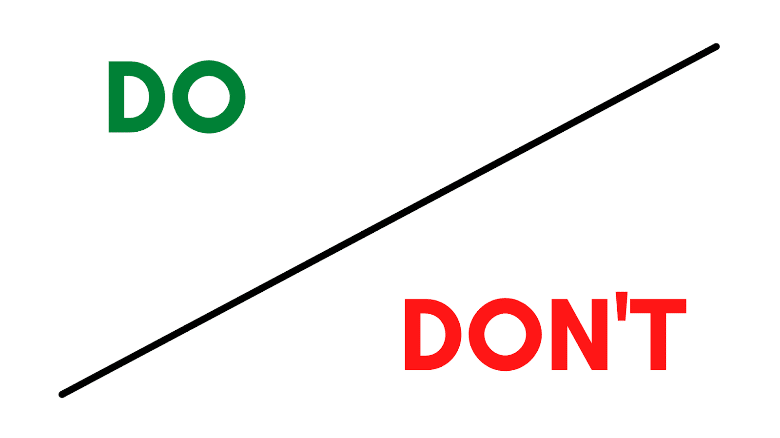
4 Things You Should Never Do When Running a Campaign
- Increase your budgets until day 30 (minimum). As mentioned earlier, Google will be gathering data and testing during this period. So it’s not advisable to change a variable, especially when Google is testing.
- Scale at a rate faster than 10% of daily ad spend. We’ve done this before and every time we do, the campaign fails almost immediately. And while we’re at it, never increase on a weekly basis even if Google says so.
- Start with a ROAS goal. Even if Google asks you for it, you shouldn’t, unless you want to put a ceiling line on your ROAS. Instead, wait for 45 days and let Google give you the ROAS after that.
- Pause your campaign (Google’s 2-day rule).
This is especially true for brand new campaigns. Whenever you pause for an extended period of time, you risk having to re-enter Google’s learning phase (which can set you back). It’s not always catastrophic—for campaigns with lots of longevity and quality performance, they can get away with this more often. But for new and early stage campaigns, it can wipe out a lot of the wins you previously earned.
4 Things You Should Always Do When Running a Campaign
- Run a brand campaign. This is a no-brainer. Brand campaigns not only help you dominate the Search Engine Results Page (SERP), it also protects your brand from competitors. And these are only 2 out of 5 key advantages of bidding on your brand keywords. Case in point: if you care about your brand, do it.
- Run a Dynamic Product Remarketing Campaign. Your users are far more likely to get captured in a remarketing campaign than in Smart Shopping. Dynamic Product Remarketing helps Smart Shopping by giving it the information it needs that it wouldn’t get otherwise. That’s why we highly recommend running it together with Smart Shopping.
- Use Time Decay as a Conversion Attribution model. There are many different attribution models, but Time Decay is our favorite one. Time Decay allows you to understand when and where the exact conversion happened. We’ve posted a short video that explains and shows how it works.
- Always include lifestyle images. Product images are great. But what if you can combine the power of great copy and storytelling in one image without having to write a single piece of text. Is that possible? Absolutely! By including lifestyle images. They’re far more compelling and will certainly increase your users’ desire to buy now.
Things That You Cannot Do With Smart Shopping
Despite how much we love Smart Shopping, there are some limitations, including:
- Very limited control (bids, placements, ads)
- Very limited visibility
- Can’t break network placements out for reporting
- You can’t decide to exclude a particular network
- No negative keywords
- You can’t choose which devices to show your ads
- Bid adjustments are not an option
- You won’t be able to analyze data from ads on Display, Shopping, Youtube and Gmail to see where your sales are coming from
As with any investments, risks shouldn’t be taken lightly. But if the benefits outweigh the risks and if the reward far exceeds the risks involved, isn’t it worth investing in?
What Now?
We’ve broken down our best practices, Dos and Don’ts, and how to use Google Smart Shopping in your business.
However, if you need help setting up your campaigns the right way so you can get the maximum revenue and sell your products fast (without the extra work), contact Solutions 8 today.
We’ll give you a free Google Ads action plan built by the industry’s best Google Ads management team.
Need a hand? Solutions 8 has your back.
If you own physical stores, running Local campaigns in Google Ads is key for increasing foot traffic. It will market your ads to local people who are already interested in what you have to offer—and make it easier for them to find you.
Plus, if you work with a Google Ads agency like Solutions 8, we can help you get approved to track in-store visits.
You can find more Google ads tips and guidance on our Google Ads YouTube channel. We also invite you to contact Solutions 8 for a free Google Ads action plan. Email us at info@sol8.com or call us as 480.442.7658. Talk to you soon!

Author
Bryan is the marketing manager at Solutions 8, and has been on digital marketing since 2018. When he’s not working, you’ll find him working out at a local gym, reading personal development books, or playing music at home. He feels weird writing about himself in third person.
 Bryan Caranto
Bryan Caranto

